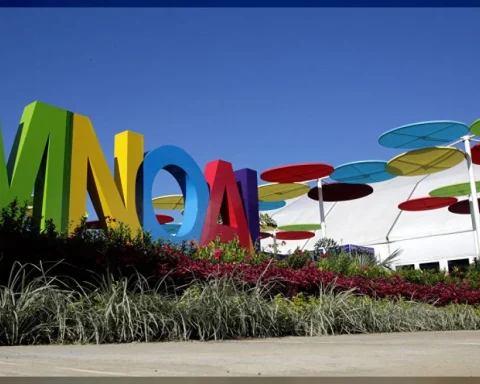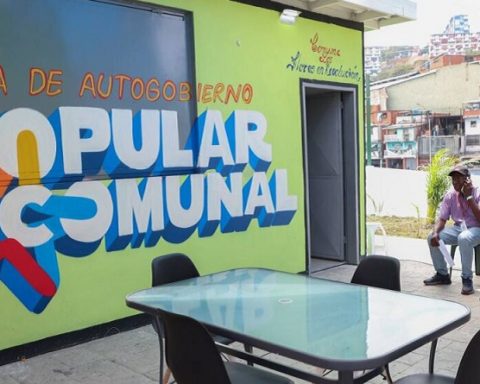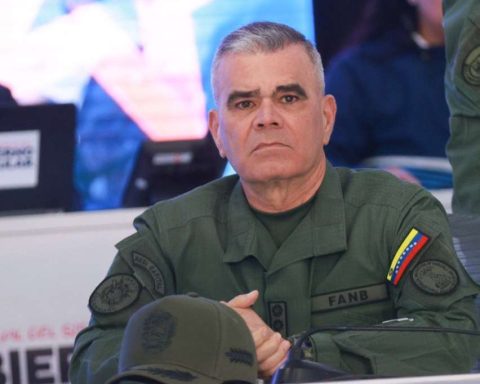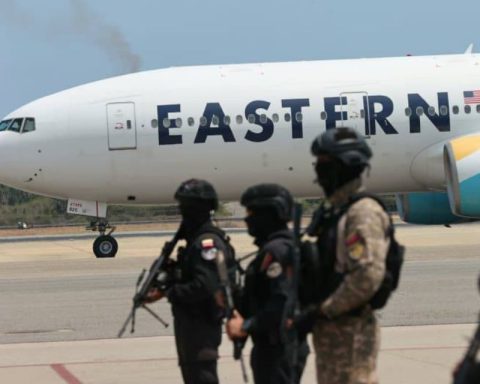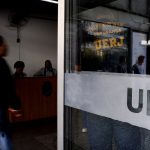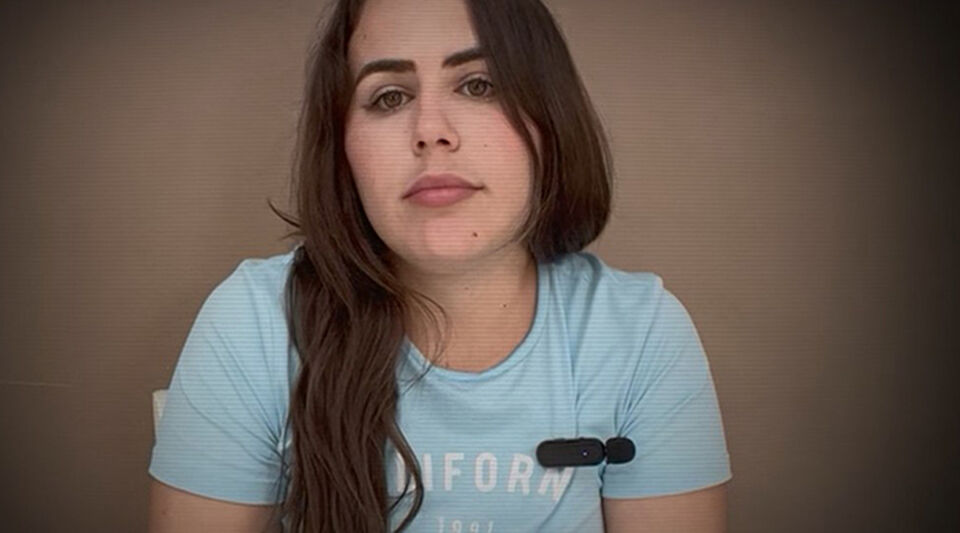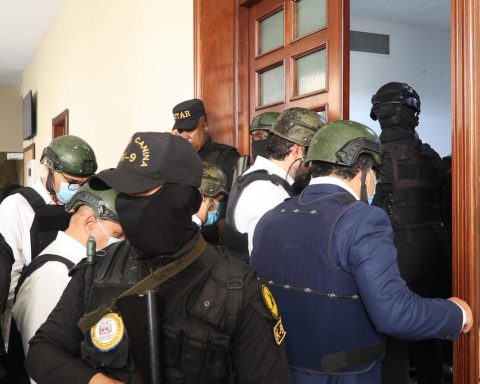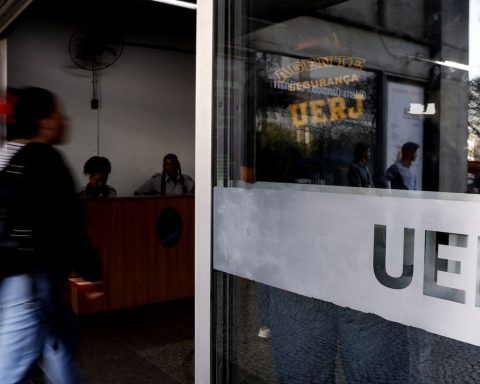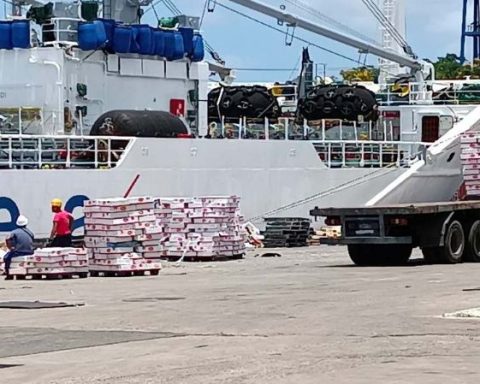The fishermen from Puerto Francés are concerned about the destruction of the natural depth of approximately 500 linear meters, where all kinds of shoals that can be used for fishing arrive all year round.
“This is an area of security for the nation,” commented a fisherman who was about to set sail in his boat along with others who brought what was necessary for the fishing day.
Puerto Francés, a few kilometers from Higuerote, Brión municipality (Miranda), is crossed by Cape Codera, a geographical formation that makes a “u” as if to protect the brilliant blue beach from where boats leave for Buche and Caracolito, among other small islands .
The two hands of the Corporal were joined in remote times, but now they are separated and placed as if they were looking at each other sideways. “That is called Punta El Algarrobo,” says a resident pointing to the left side of Cabo Codera. “And that one, Punta La Cagada, because that one turns white from so much excrement that the gannets send it,” she said, pointing to the other end.
Night boats: look for “little boxes”
All that landscape line has been about to be distorted with the many plans that have been thought for the bay of Puerto Francés, according to its inhabitants. But the most dangerous thing, according to testimonies, is the increase in night boats that frequently come looking for “some little boxes like rum.”
That coming and going of the boats scares away the fish that arrive in herds through the natural draft that borders the old port, they say.
“We don’t know what they transport in those boxes,” commented one. “If things continue like this, we will stop being the first fishing community to supply marine protein to Insopesca (Socialist Institute for Fisheries and Aquaculture),” said another resident.
“Here we fish Jack mackerel, Cataco, Bonito, Cojinúa, Picúa, Lamparosa, Carite, Sierra and Pargo,” said this worker of the seas.
Between Puerto Francés and Carenero is the Fuel Distribution Plant from where it is supplied to Caracas. The so-called “Carenero Plant” suffered sabotage between December 2002 and January 2003, according to what was denounced by then President Hugo Chávez; when a group of managers called the so-called oil strike “until the tyrant leaves”, as Juan Fernández, one of the ringleaders of that maneuver, said.
Press reports speak of 5,000 liters of fuel that were lost at that time, alluding to statements by Horacio Medina, leader of Gente del Petróleo.
The 45 families of fishermen who live in Puerto Francés are aware of the geostrategic importance of that region and they express it this way when they remember those hours in 2003 when the distribution of fuel to the capital was stopped.
the swell
· The lands of Puerto Francés are private in nature. Marcelino Rosales bought them in 1886, according to the chronicles.
· In 2000, the Miranda State Attorney General’s Office conducted a study of the traditions of those lands and concluded that “the documents that were analyzed are in legal order,” according to official letter PG-0566/2000. But they also recommend requesting a pronouncement from the National Cartography Office.
· The analysis of the Miranda Prosecutor’s Office says that “regarding the use of the strip from the lowest tide to the extension of 500 meters from the mainland, they may be used in artisanal fishing activities in the Bahía de Puerto Francés sector.”
· That strip of 500 meters used in fishing, is headed by the Captaincy of Ports, located in Carenero.
· Most of the fishermen who live in Puerto Francés are heirs of those first families that arrived from Sucre state 80 years ago. They came between March and June for the horse mackerel harvest, until they stayed in the port.
· From that “harvest” of Orientals who arrived in Puerto Francés, they remember Patiño Rodríguez (El Constructor), Gaspar Vásquez, Chelito Patiño, the Belmontes, Juan Miguel Flores, José Bold and Martín Rodríguez.
· Puerto Francés was defended by Spanish squadrons of enemy vessels that passed with the intention of conquering Venezuela at that point, the chronicles say.
· But a Spanish writer named Arana collects in a text that “Generalissimo Manuel Piar, with his notable Cuman squad cleared the seas of Spaniards from Cabo Codera to Chuspa.”
· Puerto Francés is considered the first trial of a Commune in the Miranda region of Barlovento and includes, among others, the communities of Osocotiza, Carenero, Nuevo Carenero, La Playa and Puerto Francés itself. The Local Planning Council financed baths and showers to revive the spa.
· A Services Module (unfinished) for public use, equipped with bathrooms, showers, playground and meeting center, was recently delivered to the community. The work, managed by the La Ceiba Community Council, has already been canceled but has not yet been completed, say social leaders.
· The Miranda Police Tourist Brigade is located in the Services Module. The community and the authorities debate the fate of the establishment without reaching an agreement, according to testimonies. The residents heard that they plan to open a nightclub there “where they will only sell water to pass the pills.”
· In Puerto Francés, fishing is done every 15 days (“when the waning moon goes down and the full moon arrives”), because it is in this cycle that the fish go down. From the harvest, the fishermen must leave a portion to distribute it to the communities of extreme poverty. The first harvest is that of Jurel, then comes the Cabaña season. “In one day up to 30,000 kilos can be taken out,” commented a fisherman.
